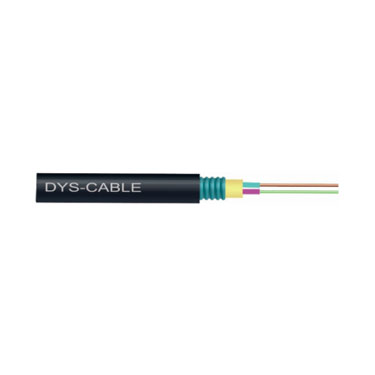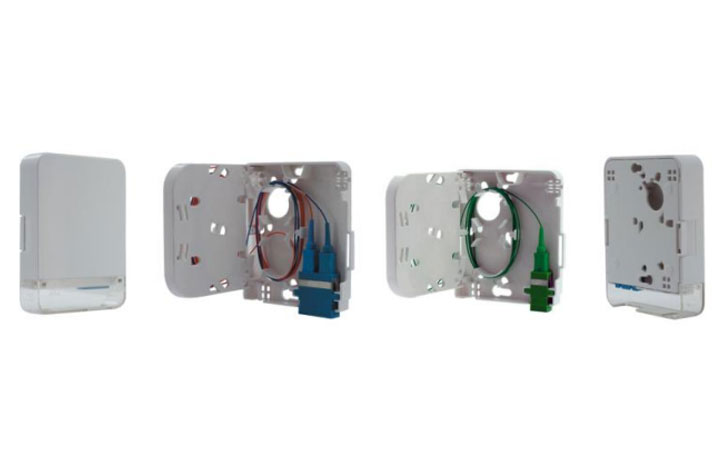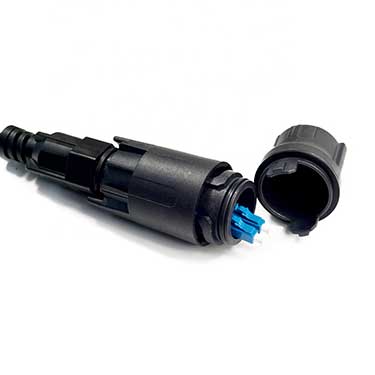Ⅰ. Understand the fiber optic transceiver
From a professional point of view, in fact, fiber optic transceiver is a kind of short-distance electrical signal and long-distance optical signal transmission and conversion media, because some network environment can not cover the short-distance electrical signal, must use optical fiber to extend the transmission distance, and the cost of upgrading copper wire to optical fiber is too large, so fiber optic transceiver is more and more widely used.
Ⅱ. The method to judge whether the fiber optic transceiver has problems
Check whether the indicator on the optical transceiver or optical module and the port indicator on the twisted-pair cable are on.
1. If the optical port (FX) indicator of the transceiver is off, check whether the optical fiber link is cross-connected and one end of the optical fiber jumper is connected in parallel mode. The other end is a cross connection.
2. If the optical port (FX) indicator of transceiver A is on and the optical port (FX) indicator of transceiver B is off, the fault is on the transceiver A: One possibility is that the optical sending port of transceiver A (TX) is broken, because the optical port of transceiver B (RX) cannot receive optical signals; Another possibility is that there is A problem with the fiber link at the TX optical transceiver port (the cable or fiber jumper may be broken).
3. The indicator light of twisted pair (TP) is off. Please determine whether there is any fault in the connection of twisted pair or the connection is wrong, and please use the connection tester to detect it (however, the indicator light of twisted pair of some optical transceivers is on only after the optical fiber link is connected).
4. Some transceivers have two RJ45 ports: (ToHUB) indicates that the cable connecting to the switch is a through line; (ToNode) indicates that the cable connecting to the switch is a cross cable.
5. Some transceivers have MPR switches on the side: it means that the connecting line of the switch is through line mode; DTE switch: The cable connecting to the switch is crossed.
Optical cable, optical fiber jumper is broken:
1. Optical cable break detection: with laser flashlight, sunlight, luminous body to the optical cable connector or coupler at a light; Do you see visible light on the other side? Visible light indicates that the cable is not broken.
2. Optical fiber connection break detection: laser flashlight, sunlight, etc. to one end of the optical fiber jumper light; Look at the other end to see if there is visible light. If there is visible light, the fiber jumper is not broken.
Whether the half/full duplex mode is incorrect: Some optical transceivers have FDX switches on the side, indicating full duplex; HDX switch: indicates half duplex.
Optical power meter: optical transceiver or optical module under normal conditions of luminous power, multi-mode 2Km: -10db--18db; Single mode 20 km: between -8db--15db; Single mode 60km: between -5db--12db; If the optical transceiver's luminous power is between -30db and 45db, then it can be judged that the optical transceiver has a problem.

 EN
EN



